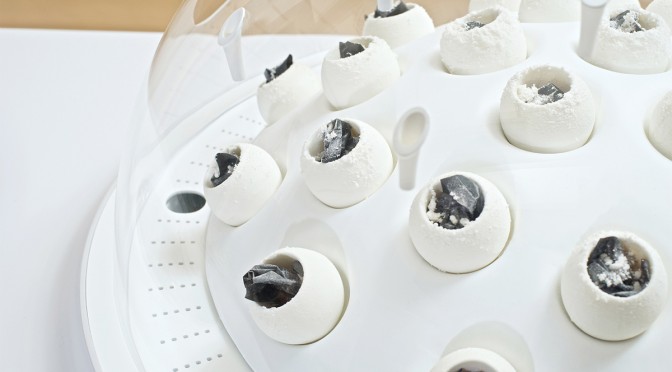How To Become More Self-Sufficient Without Starting a Full-Blown Farm…
Want to start preserving your harvest, making your own soap, or building a backyard root cellar — but not sure where to begin? “Homesteading Advice” gives you instant lifetime access to 35+ practical homesteading books on food preservation, veggie gardening, DIY natural cleaning products (save over $250 per year with this skill alone), brewing, off-grid energy, and a whole lot more…
Click Here To Check It Out Now!
A team of researchers from Yale University’s Department of Molecular Biophysics and Biochemistry, found within the Amazon rain forest a very interesting species of fungus that has the natural ability to break and devour polyurethane. With the world already having a devastating amount of 251 million tons of plastic that gets discarded every year, this kind of discovery opens a whole new world of potential.
Just to show you how dire the world’s plastic issue is, here is a collaboration of data presented by Environmental Protection Agency which shows the annual rate of plastic based goods that are thrown away in the US:
“Other Plastic Packaging” including coatings, closures, lids, caps, clamshells, egg cartons, produce baskets, trays, shapes, and loose fill: 3,720,000 tons were produced. 3% (110,000 tons) were recovered, and 3 Million 610 Thousand Tons were discarded.
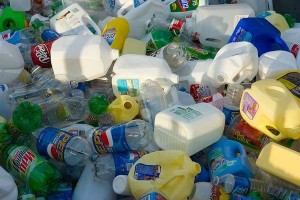
HDPE (white translucent homopolymer bottles): 750,000 tons were produced, and 29.3 % (220,000 tons) were recovered. 530,000 tons were discarded.
PET Bottles and Jars: 2,680,000 tons were produced, 27.2 % were recovered (730,000 tons) and 1,950,000 tons were discarded.
Plastic Trash Bags: 930,000 tons were produced, and all 930,000 were discarded.
“Other” non-durable goods including plastic disposable diapers, footwear and clothing: amounted to 4,810,000 tons produced with all 4,810,000 tons discarded.
Plastic Bags, Sacks and Wraps: 3,960,000 tons were produced. 9.8% was recovered (390,000). 3,570,000 tons were discarded.
Plastic Plates and Cups: 780,000 tons were produced, and all 780,000 tons were discarded.
In the midst of the discovery, the team had began their annual research trip into Ecuador with their Professor Scott Strobel. They were already screening a variety of fungi specimens to see if their was any capability of decomposing synthetic polymer polyester polyurethane.
Luckily, with the discovery they made, they immediately published their findings in the journal Applied and Environmental Microbiology.
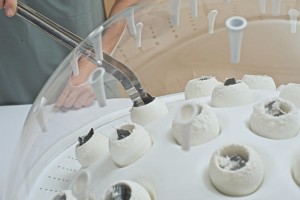
Stated in the journal: “several organisms demonstrated the ability to efficiently degrade PUR in both solid and liquid suspensions. Particularly robust activity was observed among several isolates in the genus Pestalotiopsis, although it was not a universal feature of this genus.”
The fungus is entirely capable of surviving on plastic as its only food source with the additional effect of having the capacity to survive an oxygen-free environment.
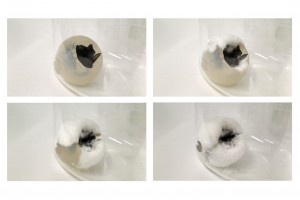
To give an example, the variety of landfills that scatter the earth. This fungus is going to be one of the worlds greatest saviors of pollution, or at least so we hope.
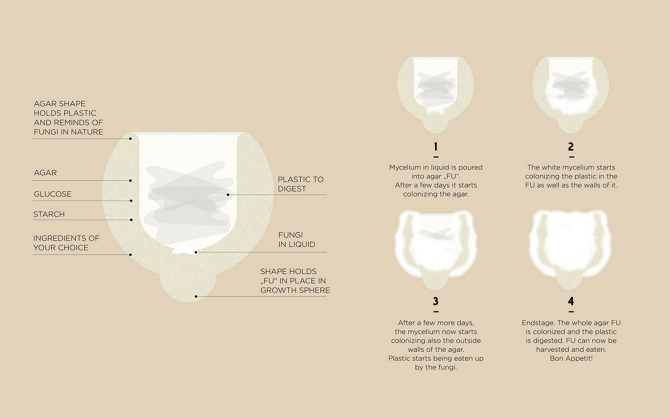
Via: The Spirit Science
If you like this idea, be sure to share it with your friends and inspire someone you know. Anything becomes possible with just a little inspiration…
